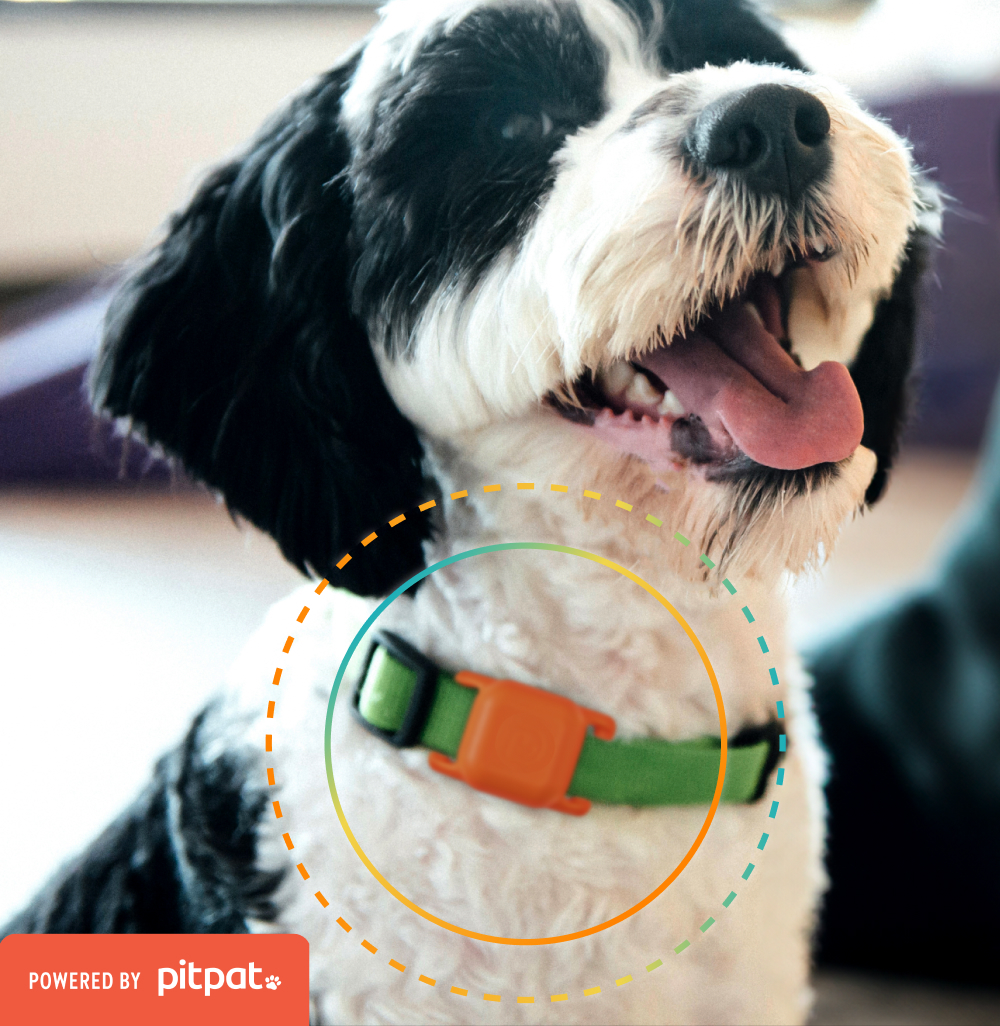How to Keep Your Dog Calm When the Doorbell Rings

Does your pup go crazy every time someone comes to the door? In many households, the sound of the doorbell or knock often triggers loud barking and an overly excited dog. However, with training and patience, you can teach your dog to remain calm when guests arrive. Control the chaos by changing what the dog associates with a ding-dong or a knock on the door and rewarding good behavior.
Associate the Doorbell with Treats
Start by getting another family member or friend to ring the doorbell or knock on the door and immediately feed your furry friend a treat. If your dog starts to bark, simply ignore your pup. Once your pup is quiet, try again. Treat your dog for not barking. Your dog will already be excited so stay calm and use soothing praise throughout this exercise. If you can’t recruit a helper, you can carefully open the door (make sure your pup doesn’t run out!) and ring the doorbell or knock on the door. Most dogs will bark even when they can see the person ringing the bell. Practice for 3-5 minutes. Take a break, put the treats away, and repeat again later. Your pup will quickly learn that being calm and quiet earns a treat but chaos is ignored.
Sit and Stay
Sit and stay are great behaviors for any dog. Not only do they prevent your pup from becoming crazed when the doorbell rings, but these commands also stop them from running out the open door. Start by teaching your dog basic sit and stay commands and slowly start taking more and more steps back as your dog is successful. During this process, make sure to teach your dog a clear “release command”. This is a word or gesture that you tell your dog when they are allowed to move. Some examples of these words are “Ok!” or “Release!” The Canine Coaches at Dogtopia use “Play!” This release word teaches your pup that they must stay, even if guests walk in, until the pet parent clearly releases the pup to greet the person.
Next, teach your dog to sit and stay at a designated spot by the door. This spot should allow your pup to see who’s there, but still allow people to enter without your dog being in the way. Practice the sit and stay position by having someone come to your door without ringing the bell or knocking and repeating that step several times. If at any point your dog breaks their stay, close the door with the person outside. Soon your dog will realize that the only way he gets to see the person is if they hold the stay position.
Front Door Control
Normally, family just walks in but guests ring the doorbell. This leads to extra excitement because the sound of the doorbell means that a new and exciting person has come to visit. To help your pup be better behaved when the doorbell rings, family members should ring the doorbell when they come home and calmly enter once the pup is quiet. If you are already home when another family member comes home, then you can go to the door and practice the sit and stay before letting the family member in.
Tire Them Out
Make sure your pup is receiving enough exercise throughout the day, as tired dogs are quiet dogs! Dogs need at least 60-90 minutes of exercise a day and depending on the age and breed, likely more. Daily walks, playing fetch in the backyard, and having supervised playdates are good ways to tire your dog out. If you don’t have time to exercise your pup, consider daycare at Dogtopia. Your dog will enjoy hours of play and learn valuable socialization skills, leading to better behavior at home. Find a Dogtopia near you.
Having guests arrive doesn’t have to be a stressful occasion! With repetition, patience and exposure, your dog can learn how to be quiet when the doorbell rings.












